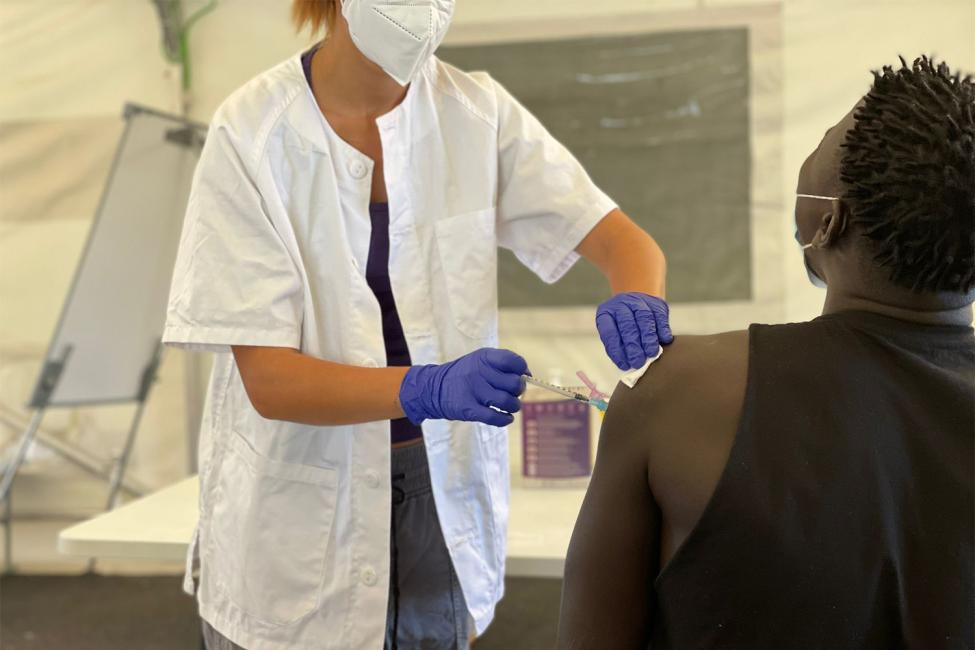
According to the initial analysis of global data on young people who were under the age of 25 at the onset of the pandemic, the COVID-19 pandemic caused a massive collapse in human capital at critical points in the life cycle, preventing the development of millions of children and young people in low- and middle-income countries.
The new Collapse and Recovery report from the World Bank: The book How COVID-19 Eroded Human Capital and What to Do About It examines global data on the effects of the pandemic on young people at crucial developmental stages: early childhood (ages 0 to 5), school age (ages 6 to 14), and youth It found that education shocks brought on by COVID-19 could cost current students up to 10% of their future earnings. Additionally, when these toddlers become adults, their cognitive deficit could result in a 25% drop in earnings.
Discussions between the Russian delegation and Speaker Jatta
The key to unlocking a child’s potential and enabling nations to achieve a resilient recovery and strong future growth is human capital—the knowledge, skills, and health that people acquire over time. However, the pandemic resulted in the closure of educational institutions and places of employment, as well as the disruption of other essential services that safeguard and promote human capital, such as health care for mothers and children and job training.
The pandemic and school closures had the potential to undo decades of progress in human capital building. World Bank Group President David Malpass stated, “To avoid jeopardizing the development of multiple generations, targeted policies to reverse the losses in foundational learning, health, and skills are critical.” To assist citizens in becoming more resilient to the overlapping threats of health shocks, conflict, slow growth, and climate change, as well as to lay a solid foundation for faster, more inclusive growth, nations must chart a new course for greater investments in human capital.
When compared to cohorts that existed prior to the pandemic, preschool-age children in a variety of nations have lost more than 29% of their learning in math and more than 34% of their learning in early language and literacy. By the end of 2021, preschool enrollment had not recovered in many nations even after schools reopened; In several nations, it was down by more than 10 percentage points. During the pandemic, food insecurity was also worse for children.
For every thirty days that schools were closed, students of school age lost approximately 32 days of learning. This is because students lost out on learning and forgot what they had already learned as a result of school closures and ineffective remote learning strategies. Due to school closures, nearly 1 billion children in low- and middle-income countries missed at least a full year of in-person education, with over 700 million missing one and a half years. Learning poverty, which had already reached 57% in these nations prior to the pandemic, has continued to rise, with an estimated 70% of 10-year-olds unable to comprehend basic written text.
The COVID-19 pandemic severely harmed youth employment. At the end of 2021, forty million people who would have had a job had the pandemic not occurred were without one, which exacerbated trends in youth unemployment. In 2020, youth earnings fell by 15%, and in 2021, they fell by 12%. During their first decade on the job market, new entrants with less education will earn 13% less. In 2021, 25% of all young people were not enrolled in education, employment, or training, according to data from Brazil, Ethiopia, Mexico, Pakistan, South Africa, and Vietnam.




